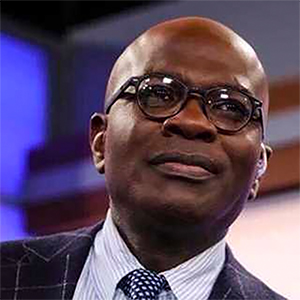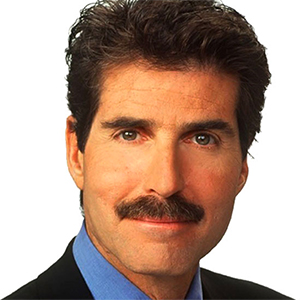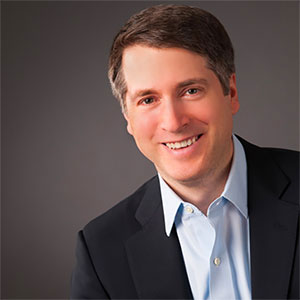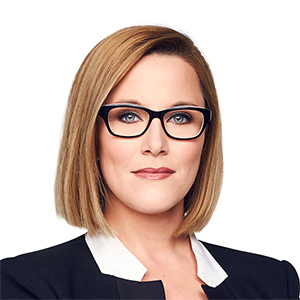Lisa Jarvis: This open enrollment might give you sticker shock
Published in Op Eds
Americans embarking on the annual task of sifting through the health plans offered by their employers to find the one that gives them the most bang for their buck are facing a new reality: many of those options no longer feel affordable. This year, the process isn’t just complex or confusing — it’s painful.
The cost of health insurance for the roughly 165 million Americans under the age of 65 who receive their coverage through work is expected to increase by 6.5%, according to a recent employer survey by Mercer. That’s the biggest annual jump in 15 years.
And while many employers absorbed rising benefit costs during the pandemic — a period marked by high worker stress and a tight labor market — most are now passing those costs back to their employees, even adding more on top. This year, workers are already responsible for about $6,850 of the nearly $27,000 total cost of a family premium, up 6% over 2024, according to a new analysis from KFF.
The even steeper increases expected in 2026 will hit Americans’ paychecks at a time when they are already struggling with higher grocery bills, housing, utilities and other basic expenses.
Yet, so far, the health-policy changes coming out of Washington do little to ease that financial strain. Instead, the Trump administration’s proposed cuts to Medicaid and its continued unwillingness to maintain subsidies that make Affordable Care Act plans more accessible could further intensify cost pressures throughout the health care system.
So, how did we get here? Health care costs are being driven by rising wages for doctors, nurses and other health professionals, along with a period of intense consolidation among providers and hospitals. Meanwhile, more people are visiting doctors more frequently — due in part to an aging workforce and also better access, particularly for mental health services delivered via telehealth.
In addition, health care budgets continue to be strained by the high cost of prescription drugs. Employer surveys across the board show that increased use of expensive obesity drugs known as GLP-1s has become the biggest concern. A new survey from KFF found that 64% of large firms say the treatments have “moderately” or “significantly” impacted their prescription drug costs. And while about 43% of large employers now cover GLP-1s, many are tightening eligibility requirements — or even dropping coverage for weight loss altogether.
Unfortunately, none of the factors driving up costs seem likely to fade anytime soon. President Donald Trump recently announced several deals with major pharmaceutical firms aimed at lowering prescription drug prices, but they are unlikely to have much impact on people with private insurance. And although he has said negotiations are underway to lower the monthly cost of GLP-1s to $150, no such deal has materialized.
Other pressures within the health care system could make matters worse. Republicans’ steep cuts to Medicaid, coupled with the likely expiration of tax credits for Affordable Care Act plans, could leave roughly 14 million Americans without insurance.
“It’s a big concern when that big of a chunk of federal funding comes out of the health system,” says Sara Collins, a senior scholar at the Commonwealth Fund, a nonprofit foundation focused on health care research. For example, not only do hospitals depend on that funding, but they will also need to manage the rise in uncompensated care from millions of newly uninsured Americans coming through their doors seeking treatment. Some of those costs could ultimately be passed on to private insurers through tougher negotiations over the prices hospitals charge for their services.
Employers grappling with these higher costs have two choices: take the hit themselves or pass some or all of it on to their employees. While many companies absorbed those costs during the pandemic, now “we’re seeing employers say, ‘Whoa, something’s got to give,’” says Beth Umland, director of employer research for health and benefits at Mercer.
The best people can do is carefully review the options available to find a plan that fits their family’s needs. That might feel overwhelming — especially as the trend among employers is to offer more, not fewer plans, in an effort to ensure everyone can find something affordable, says Umland. Still, if there ever was a time to slow down and weigh all the options, “this would be the year to do it,” she says. “It’s very likely that the plan you’re in right now has changed.”
Some people might notice a hike in their premiums, while others should look at the fine print of their plan to understand where costs might be hiding. More employers this year are implementing cost-sharing measures at the point of service — whether through higher deductibles, new or increased co-pays, or higher out-of-pocket maximums, she says. Many are passing along the full increase in costs, and some are even asking employees to contribute more to make up for the COVID years.
Workers might also encounter newer coverage designs intended to save them money. Exclusive Provider Organization (EPO) plans, which limit the number of covered providers by focusing on those considered to deliver higher-quality care, are becoming an increasingly popular addition.
But EPOs come with an important caveat: out-of-network providers aren’t covered at all. That means anyone considering one should take a close look at whether their current physicians are part of the network. Still, for certain health care consumers — say, a healthy, recent college graduate who rarely needs medical care — that narrower network option could be a great way to lower their costs.
Without stronger federal attention to policies targeting the underlying drivers of rising costs — such as consolidation and escalating service prices — open enrollment sticker shock will become an annual event. And consumers and companies alike will remain stuck trying to manage increasingly burdensome health care expenses, forcing them to make tougher choices every year about one of our most essential needs.
_____
This column reflects the personal views of the author and does not necessarily reflect the opinion of the editorial board or Bloomberg LP and its owners.
Lisa Jarvis is a Bloomberg Opinion columnist covering biotech, health care and the pharmaceutical industry. Previously, she was executive editor of Chemical & Engineering News.
_____
©2025 Bloomberg L.P. Visit bloomberg.com/opinion. Distributed by Tribune Content Agency, LLC.
























































Comments